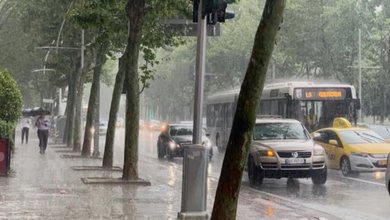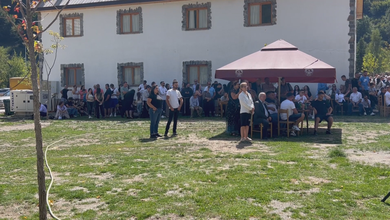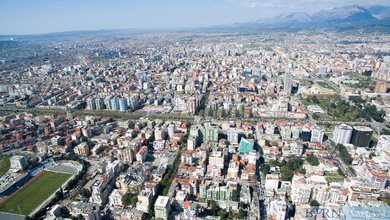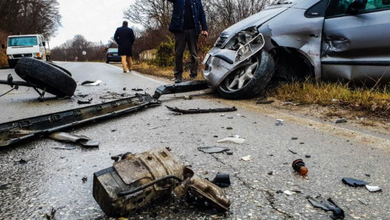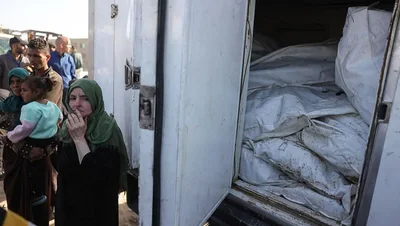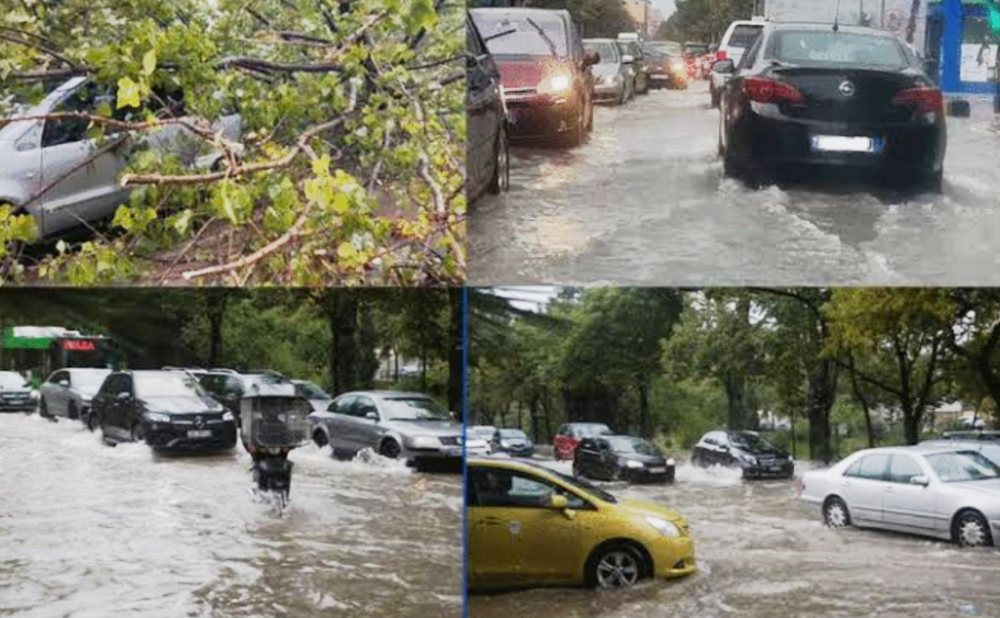
Over the past few years, the Albanian government has allocated millions of euros for water and sewerage, but the result has been the opposite of what we expected: massive flooding in Albania's largest cities. In a Facebook post, the Civic Center denounces that instead of investing in efficient and sustainable infrastructure, public money is being spent on ineffective projects, which worsen the situation.
According to the Center, in 2024, the Albanian government allocated 8.8 billion lek for water supply, while in 2023 this figure was 6.3 billion lek. However, in every rainfall, our cities, including Tirana, Durrës, Vlora, Lezha and Fier, are flooded by water, as the sewage network is old, unimproved and unsuitable for the needs of citizens.
In Durrës, one of the most affected cities, the area near the "Niko Dovana" stadium continues to be a sensitive point of flooding. As has happened in previous years, water invades the streets and sidewalks, causing damage to the first floors of homes and businesses. Meanwhile, in new Durrës, the situation is critical and water has penetrated into the interior of homes, causing a dramatic situation.
In Vlora, the situation has worsened even further. Investments that were planned to improve the sewage network have been used for other projects, including smart toilets, leaving the city struggling to cope with the rain. The city's main streets have been flooded, causing significant damage to thousands of businesses and citizens.
In Lezha, floods are ongoing, especially in the city and rural areas. Despite the alarming situation, no concrete measures have been taken to prevent the natural disasters that recur every year.
In Tirana, the government has announced measures to improve the situation, but on the ground, the situation is rather lukewarm. Parts of the roads are blocked by fallen trees, and there has been a lack of quick response to clear the roads and ensure the movement of citizens. Furthermore, it has been found that more media photographers have been activated than emergency teams to help with the cleaning and management of the floods.
This situation shows once again that, despite major investments, the Albanian government has failed to create a functional infrastructure that would prevent the consequences of floods. Instead of investing in long-term solutions, our tax money has been used for projects that have no effect on improving the living conditions of citizens. Meanwhile, citizens and businesses are the ones paying the price of continuous floods.


